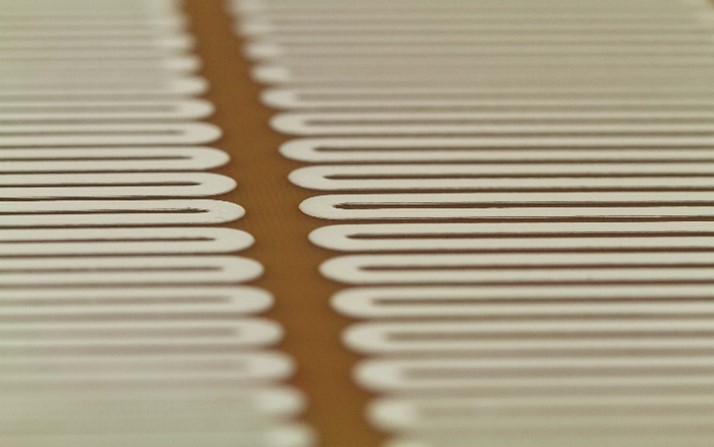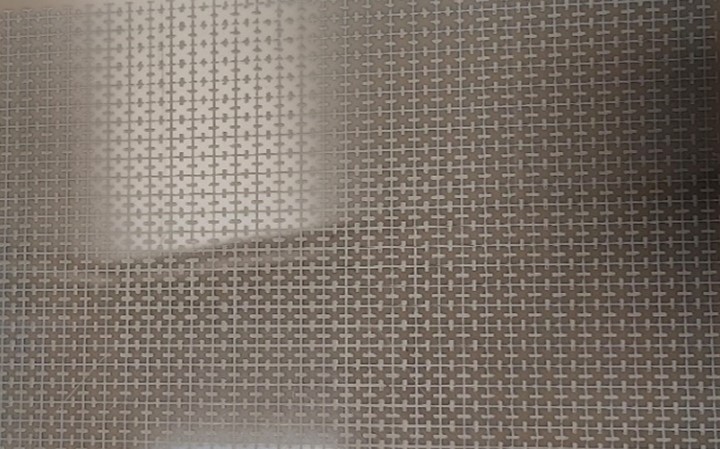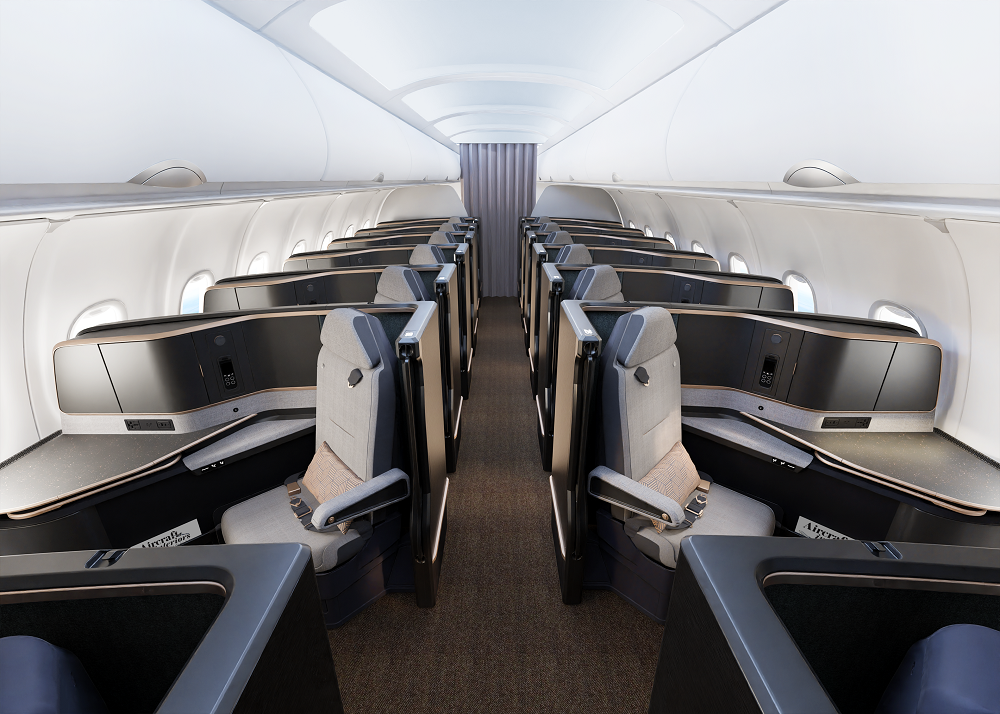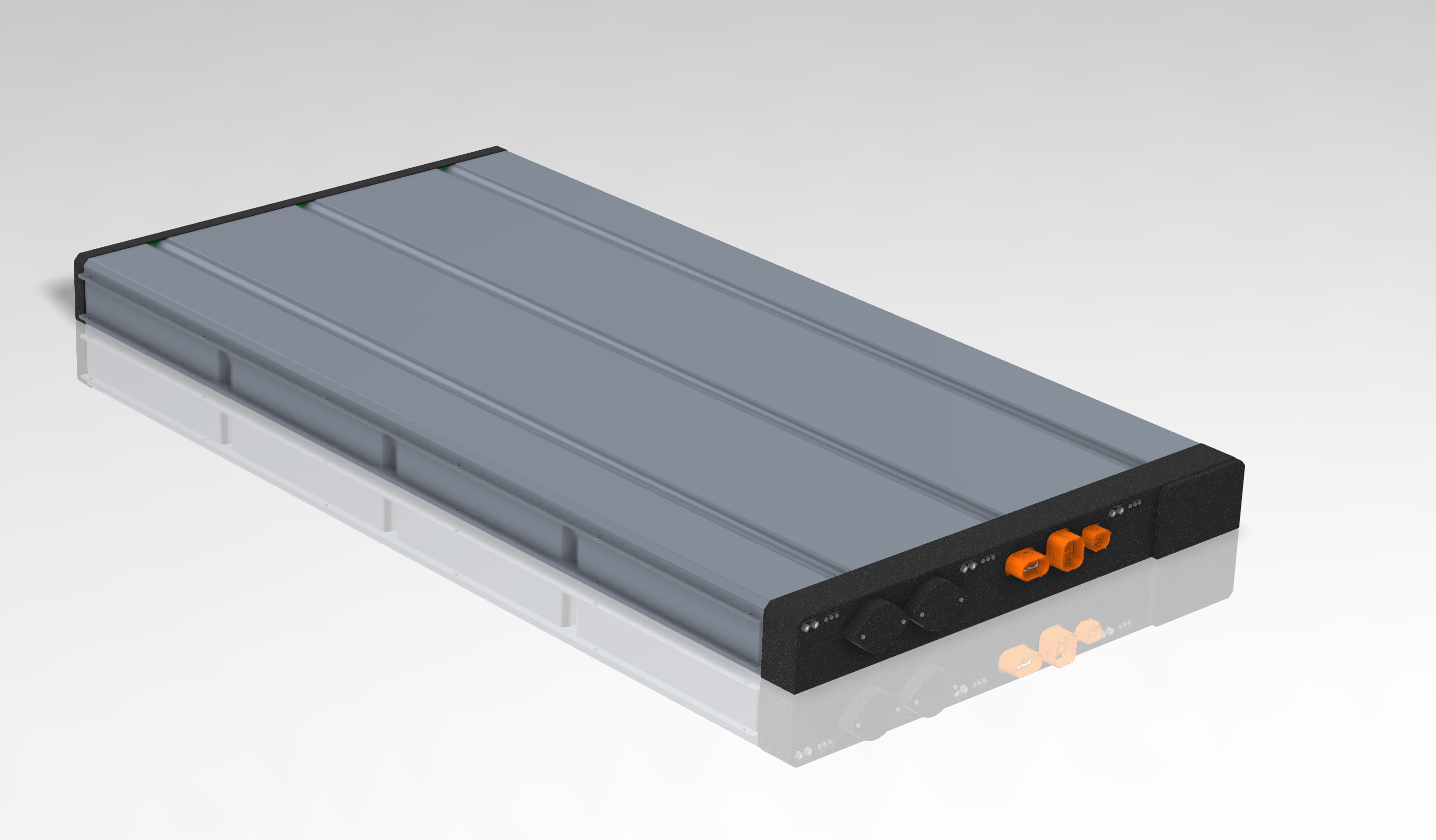This aerospace customer wanted to investigate methods to create heating tracks on complex composite surfaces. Many aircraft surfaces need to be heated to prevent the formation of ice which can change the aerodynamic properties of a part and in extreme instances cause instability of the aircraft. More and more aircraft components are made from non-metallic parts for strength and lightness, and these can be difficult to de-ice.
Q5D was able to demonstrate a method of applying and curing silver based inks, controlling the thickness of the layer and providing a means of placing even thickness conductive tracks onto complex, curved composite surfaces. The resulting tracks demonstrated the right power density and were able to generate the required heating. This automated manufacturing process offers significant potential advantages over the current manual process of sticking metal foils to the surface of the part.
The next step in the journey will require the qualification of suitable connectors and proving the manufacturing process at scale.
Benefits
- Add conductive tracks directly to complex surfaces
- Simplification of manufacturing process
- Automation of manual process
- Add heating tacks to composite surfaces

Ready to see this in action?
Contact us to discuss your project.



